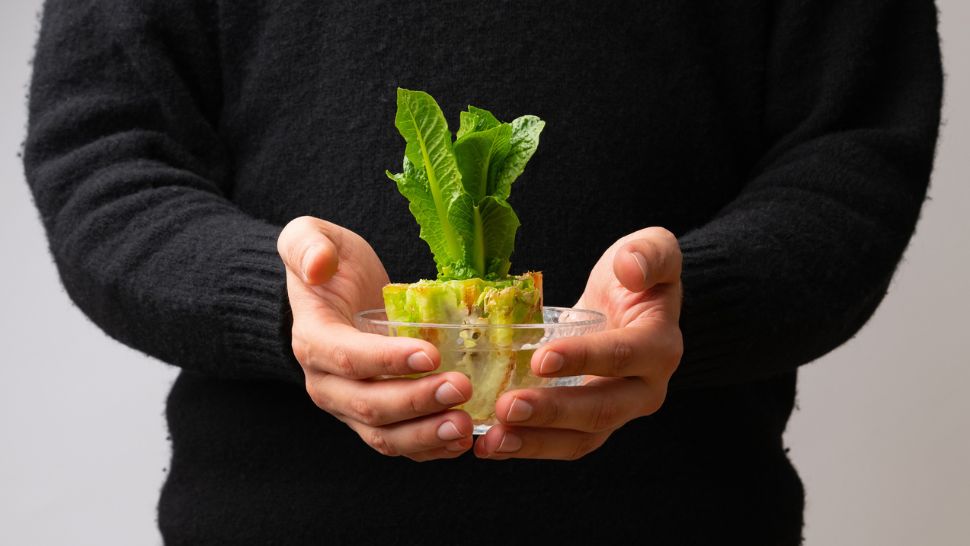
What’s the buzz?
Is upcycling food just a trendy buzz or is it a legitimate way to reduce food waste?
What does the science say?
With studies showing that as much as 30-40 percent of the US food supply is wasted each year, there has been a lot of buzz around creative ways to mitigate food loss from farm to plate. One of the trendiest – and most talked about – ways of reducing waste is food upcycling, or the practice of taking food that would normally be discarded and turning it into something new and edible (and, in some cases, sellable).
Upcycling food is not a new phenomenon — it just has a new, fancy name. In fact, the practice of cooking the entire vegetable (from root to stem), or animal (from nose-to-tail), was a common practice for home cooks just one or two generations ago. However, as the food system grew and more consumers transitioned from growing and raising their own food to purchasing food items in stores, the onus of harvesting and processing foods was left to farmers who then supply food companies very specific products in huge quantities that produce large amounts of food waste as a byproduct.
In recent years, however, there has been increasing attention and movement around the problem of how much food is wasted across the food system. Large companies, small startups, and advocacy groups have popped up to address the issue in a myriad of ways. One of the most innovative is by upcycling food manufacturing waste by products (think the leftover fruit and vegetable fibers after pressing juice, the hulls of seeds, or the rinds of fruits) by making them into various consumer food products, from bean powder brownies to vegetable pulp baked chips.
However, making more consumer-packaged goods made from waste byproducts is just one solution to the dire waste problem and it ignores the fact that 40-50% of the food that is wasted in our food system actually happens in the homes of consumers. Overbuying and poor food storage management are the major contributing factors to food waste by the average American. Purchasing more food products – upcycled or not – without addressing these issues is ignoring the big (and smelly) pile of food waste in many home kitchens.
What’s the takeaway?
Food companies are hopping on the food waste bandwagon by repurposing wasted food into new upcycled food products. While purchasing upcycled food products can potentially make a difference (if they’re replacing food products you would have bought anyway), the biggest thing you can do to reduce food waste is to buy and use only what you need, become a home food up-cycler (use food scraps like in this) or try your hand at regrowing vegetables, and learn to store food like a pro to stop food waste before it starts.
To learn more, check out Healthline’s tips for regrowing food from scraps.